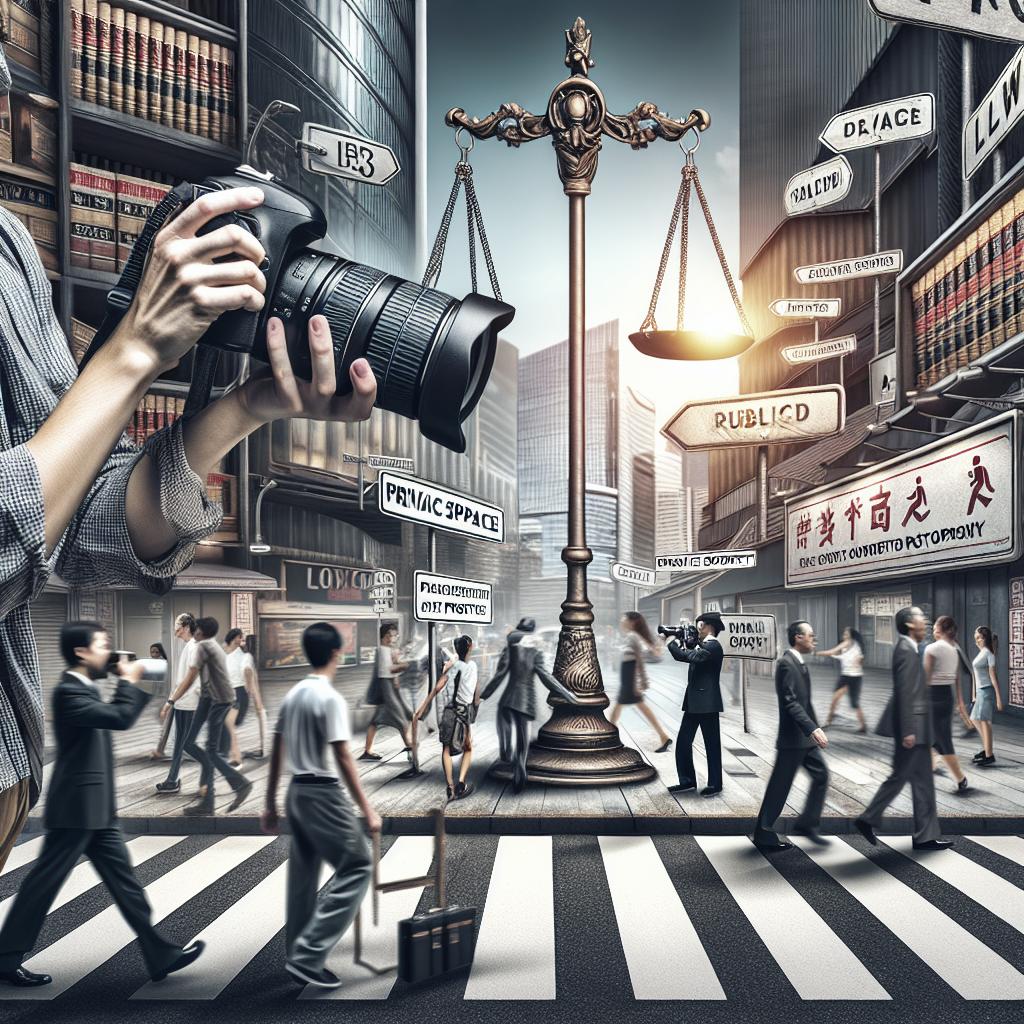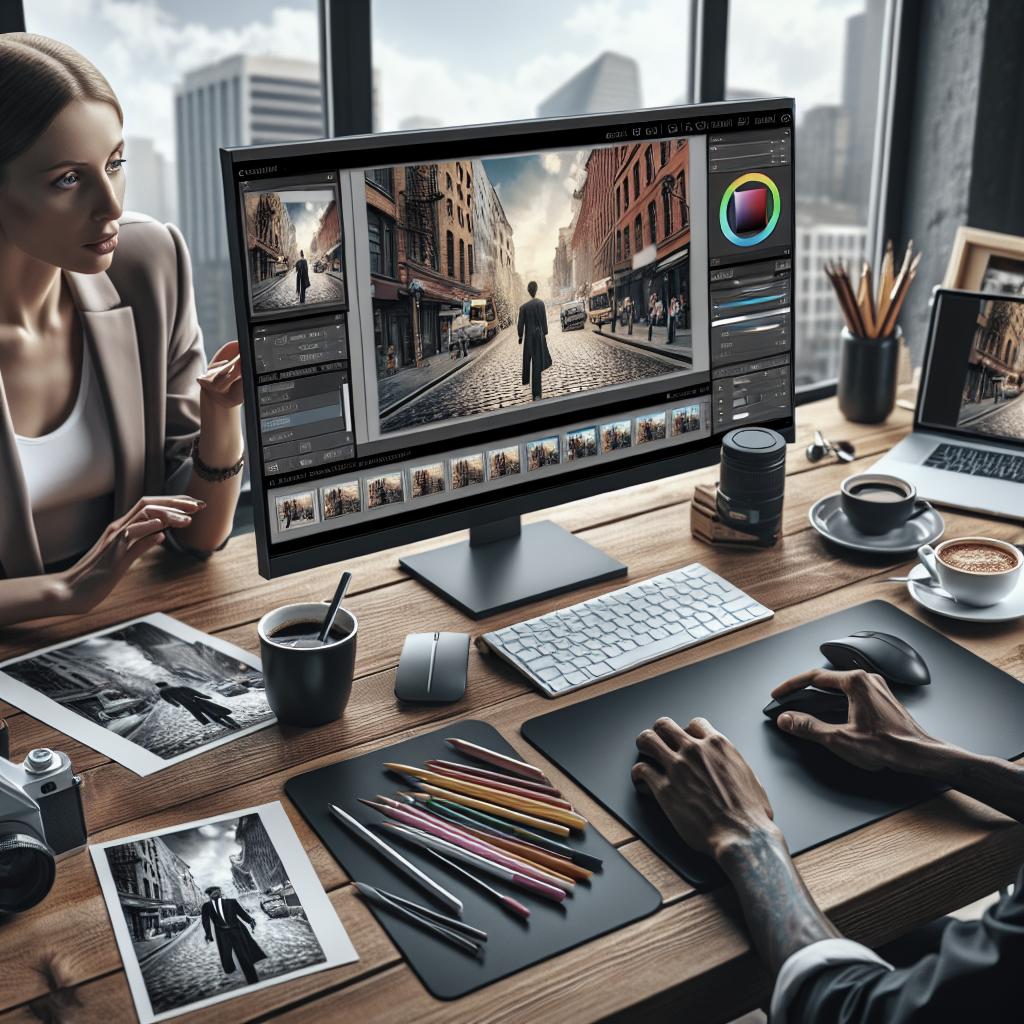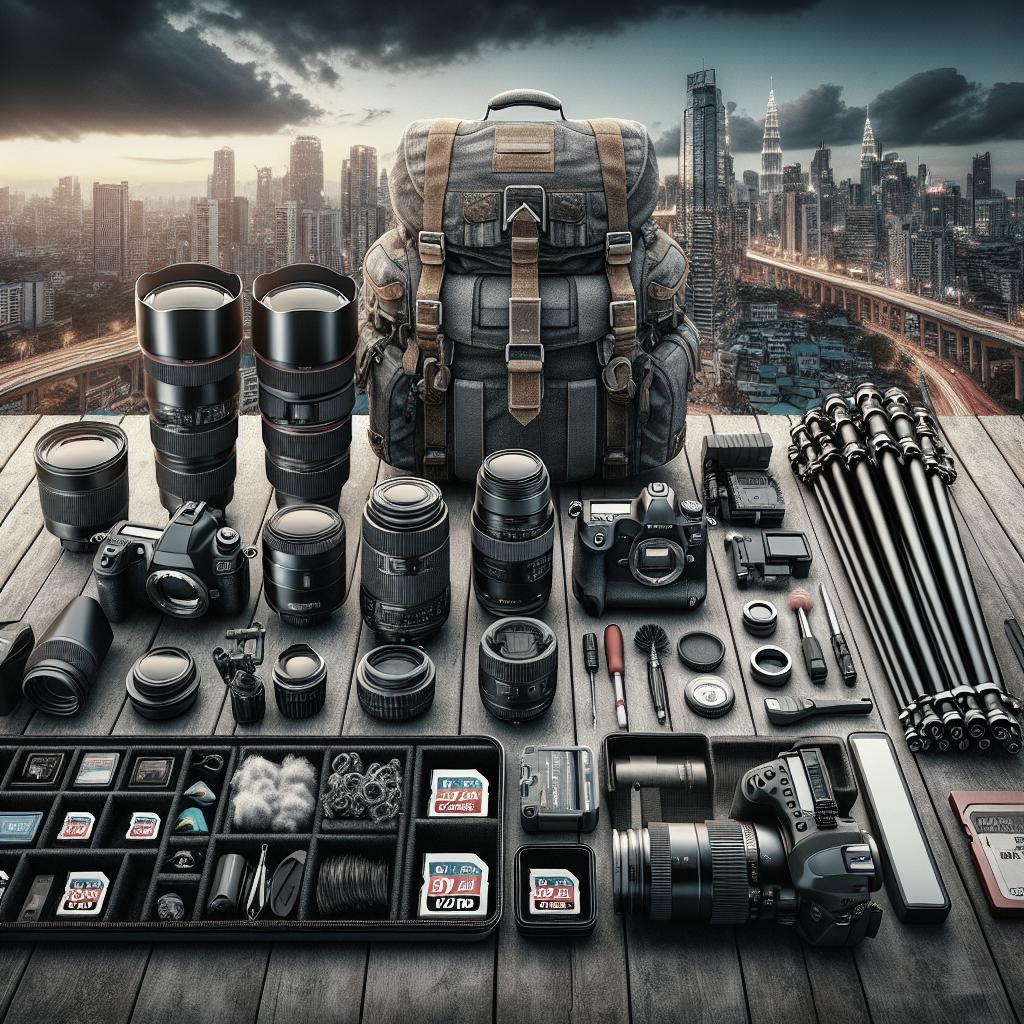<>
Street photography is a dynamic and intriguing genre that captures candid moments in public spaces. However, the blend of artistry and spontaneity raises various legal and ethical questions. In this article, we delve into the legality of street photography in the United States, explore the ethical considerations, discuss potential conflicts when being confronted, evaluate the pros and cons of asking for permission, and highlight how street photography can serve as a connecting thread in society. Whether you’re an aspiring photographer or a curious observer, understanding these layers will enhance your appreciation and practice of street photography.
Is Street Photography Legal In the United States?
Street photography, which involves capturing candid photos of people in public spaces, is generally legal in the United States. Under U.S. law, public places such as streets, parks, and public squares are considered fair game for photographers. This principle is grounded in the First Amendment, which protects freedom of speech and expression, including photography. However, there are important legal nuances to consider. One critical concept is the “expectation of privacy.” Simply put, people in public places usually do not have a reasonable expectation of privacy. For instance, taking a photo of someone sitting on a park bench is typically legal. However, if you’re shooting through a window into someone’s private home, that crosses a legal boundary. Laws also vary from state to state, so it’s essential to be familiar with local regulations. In specific situations, you might also face restrictions. For example, taking photos in government buildings, at airports, or on private property without permission can lead to legal complications. Always make sure to respect these boundaries to avoid potential legal issues.
The Ethics of Street Photography
While street photography is mostly legal, ethical considerations are equally important. Ethical street photography involves respecting your subjects and the context in which they are captured. Just because the law permits you to take someone’s photo without their consent doesn’t necessarily mean it’s always the right thing to do. Consider the emotional and social impact on your subjects. Would the person feel uncomfortable or distressed if they knew their photo was taken? If the answer is yes, you might want to think twice before pressing the shutter button. Ethical street photographers aim to document life authentically without exploiting or disrespecting their subjects. Moreover, cultural sensitivity is crucial. Different cultures have different attitudes towards photography. What is acceptable in one culture might be offensive in another. It’s important to be aware of these differences and to adapt your approach accordingly when photographing in diverse settings.
Getting Yelled At
Confrontations are an unavoidable part of street photography. Despite your best intentions, someone might take offense to being photographed and could confront you. It’s essential to stay calm and composed in such situations. Often, the best approach is to politely explain your purpose and offer to delete the photo if the person is uncomfortable. Most people calm down when they understand that you are an artist or a passionate hobbyist rather than someone with ill intentions. Having a small portfolio on your phone is a good idea; showing a few examples of your work can help build trust and diffuse tension. Sometimes, even a polite explanation might not be enough. If the person remains agitated, it’s best to walk away and avoid escalating the situation. Remember, no photograph is worth jeopardizing your safety or well-being.
Why Not Just Ask Someone if You Can Take Their Photo?
Asking for permission before taking someone’s photo can be a double-edged sword. On one hand, it eliminates any ethical or confrontational issues, ensuring that your subject is comfortable and consenting. This approach often leads to more intimate and expressive portraits because your subject knows they’re being photographed and might feel more at ease. However, spontaneous candid moments, which are often the essence of great street photography, can be lost when you ask for permission. The genuine actions and expressions that attracted you to the scene might change once people become aware of the camera. Thus, the authenticity that defines street photography can be compromised. Ultimately, the decision depends on your artistic vision and ethical stance. Some photographers prefer a candid approach to capture the rawness of daily life, while others choose to engage with their subjects for a more controlled and ethical practice.
Street Photography As A Connecting Thread
Street photography has a unique ability to act as a connecting thread within society. By capturing slices of everyday life, photographers create a visual tapestry that reflects the diversity and richness of human experiences. These images can prompt viewers to see the world through different lenses, fostering empathy and understanding. Photographs of everyday moments can help bridge cultural, social, and economic divides. A powerful image can speak volumes, breaking down barriers and allowing viewers to connect on a fundamental human level. This genre of photography often ignites conversations and brings to light issues that might otherwise go unnoticed. Moreover, street photography serves as a historical record, documenting the evolving landscape of urban life over time. Future generations can look back on these images to gain insight into the past, making street photographers modern-day historians in their own right.
Sign up for Monochromatic Aberration
If you are passionate about street photography and want to deepen your understanding, consider signing up for Monochromatic Aberration, a newsletter dedicated to the art and craft of black-and-white photography. This monthly publication covers various topics including tips for capturing striking images, ethical considerations in street photography, and the latest tech innovations. Subscribing to Monochromatic Aberration will also connect you with a community of like-minded individuals who share your passion for capturing the essence of urban life. Whether you’re a seasoned photographer or a newcomer, this newsletter offers something for everyone. To sign up, simply visit our website and enter your email address. Stay inspired, stay ethical, and happy shooting! “`
| Section | Content Summary |
|---|---|
| Is Street Photography Legal In the United States? | Analyzes the legal standing of street photography, focusing on public spaces and expectation of privacy. |
| The Ethics of Street Photography | Discusses ethical considerations, emphasizing the importance of respect and cultural sensitivity. |
| Getting Yelled At | Explores potential confrontations and strategies to handle them gracefully. |
| Why Not Just Ask Someone if You Can Take Their Photo? | Weighs the pros and cons of seeking permission before photographing. |
| Street Photography As A Connecting Thread | Highlights how street photography fosters societal connections and serves as a historical record. |
| Sign up for Monochromatic Aberration | Encourages readers to subscribe to a specialized newsletter for further insights and community engagement. |
“`


